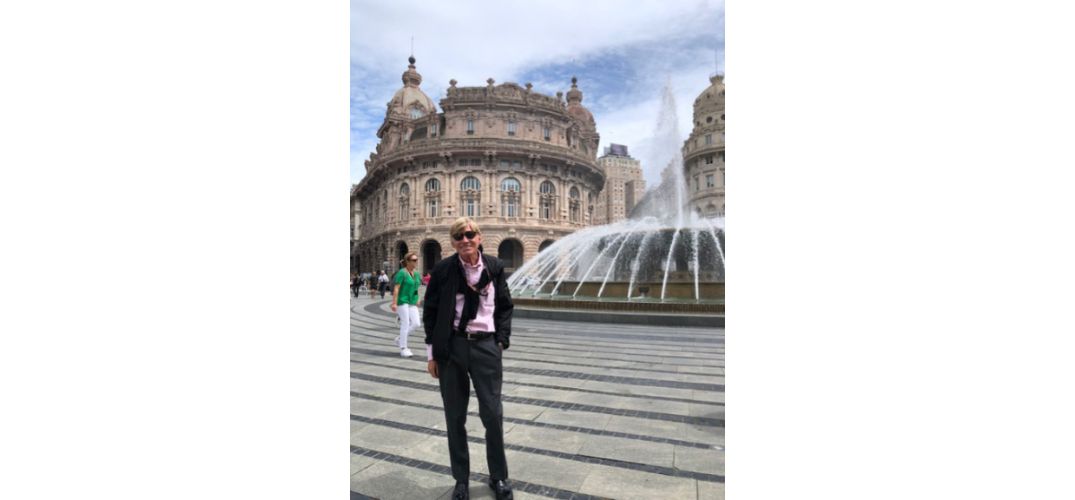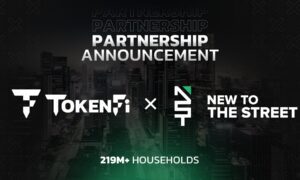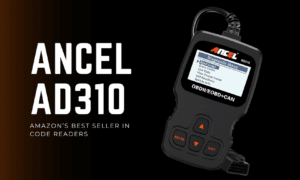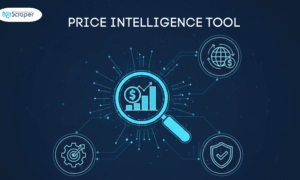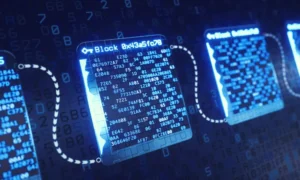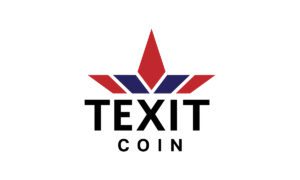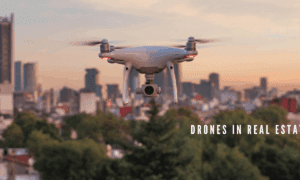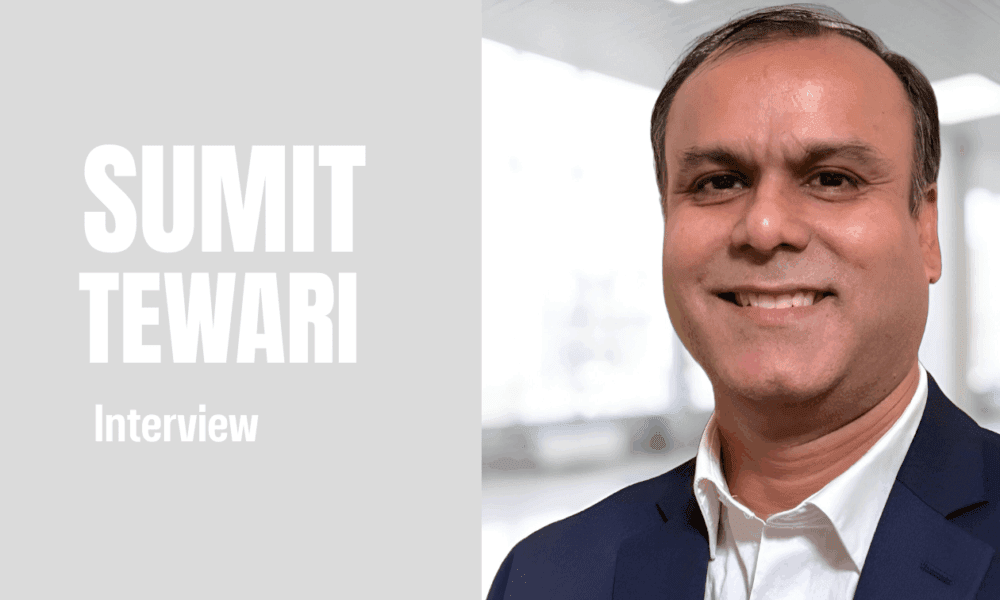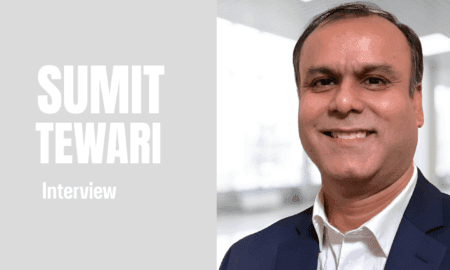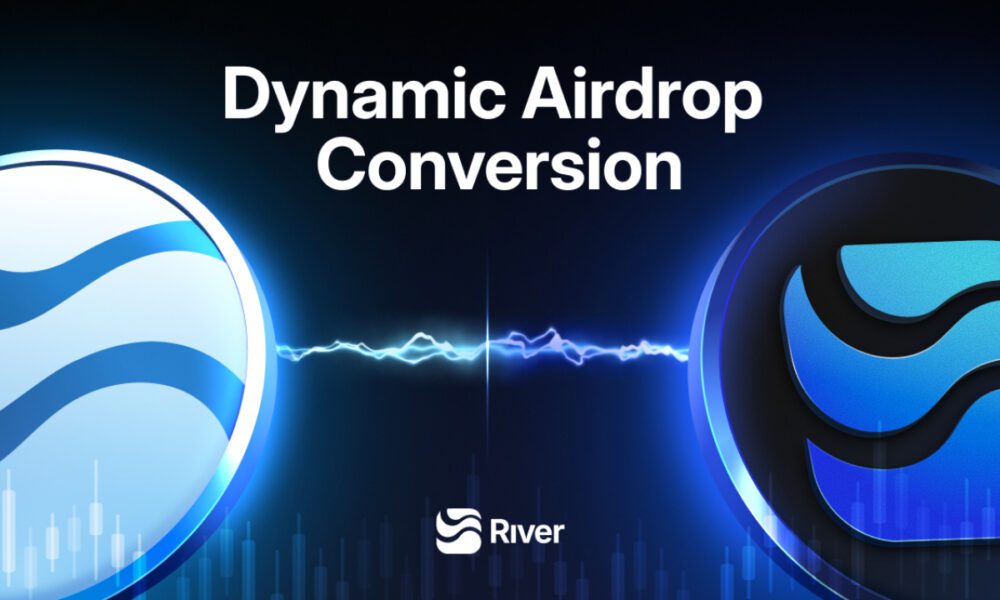Blockchain technology is allowing investors to buy, sell, and trade traditionally illiquid assets, from real estate to fine art. Industry experts see this transformation as a game-changer, providing challenges and opportunities for investors. This rise of tokenization is due to the growing interest in decentralized finance (DeFi), changing regulations, and greater accessibility to global investment markets.
Tokenized assets are real-world assets digitized and stored on a blockchain. This approach allows for fractional ownership, greater liquidity, and increased transparency. Blockchain paves the way for potential investors to token to assets that previously could not be acquired due to expensive capital requirements or unfair regulation.
“Tokenization is lowering barriers to entry,” says David Birkenshaw, a veteran in blockchain and investment. “High-value markets that once required large investments are now accessible to smaller players.”
Other parts of the economy that have previously had high start-up costs, like real estate, where tokenization allows people to buy into a fractional share of a property, have also seen better access. The same principle applies to commodities, collectibles and even equity in private companies. This allows an individual who may once have required millions of dollars to purchase a morsel of valuable estate to own a small stake in that property with just a couple of thousand dollars.
Tokenized assets’ biggest advantage is their liquidity. Traditionally, selling assets like real estate and fine art, required time and labour. Tokenization simplifies this process, permitting those assets to be traded on blockchain-based exchanges and thus facilitating near-instant transactions. Access to this level of liquidity provides a whole new world of portfolio diversification and increased agility for institutional and retail investors to adapt to market movements.
“Liquidity has always been a problem for traditional asset classes. Tokenization allows the opportunity to trade in real-time, similar to trading stocks,” says Birkenshaw.
However, blockchain brings more security and transparency than liquidity. Smart contracts automate transactions, reducing the need for intermediaries and cutting costs for buyers and sellers. Additionally, it helps to reduce human mistakes and lowers counterparty risk, allowing for transactions to be more efficient, as well as secure.
Tokenized assets offer greater accessibility to global investors. In contrast to traditional investments, which are usually based on demographics, blockchain enables individuals across different regions to access the same projects and investments easily. Instead, this creates a new global discipline of ownership that could transform how people view investing and building wealth.
While it has its benefits, tokenization also has obstacles. One of the main obstacles is regulatory uncertainty, as provinces and financial institutions try to create frameworks for tokenized securities and assets. Without clear guidelines, some investors are still reluctant to embrace this new investment model.
“The biggest challenge we have is aligning tokenization to existing financial regulations. Governments are still trying to catch up, and long-term stability needs clear regulatory evidence,” says Birkenshaw.
There are multiple regulatory bodies around the globe considering how to best classify and regulate asset tokenization. Some countries have made steps forward by establishing clear laws, while some are still in a grey area, leaving investors and financial institutions in the dark about how to comply with such requirements. The adoption of tokenized assets globally is also impeded by the absence of standardized regulations between jurisdictions.
Also, cyber risks will need to be managed. Although the blockchain is secure, tokenized asset platforms may be the potential target of cyber attacks. Investors are required to do their part and choose credible platforms for trading. Investors can better protect themselves from breaches with multi-signature wallets and two-factor authentication.
With the tokenization movement gaining inertia, other sectors are also opening up in this view. By 2030, some analysts predict that many global assets will be tokenized, giving investors access to new opportunities. The range of tokenized assets will likely expand to include stocks, bonds, intellectual property, and even sports contracts.
A key contributor to this expansion is the growing use of artificial intelligence (AI) and machine learning in financial technology. It can make tokenized asset platforms more secure, efficient, and scalable. AI-powered analytics will help investors make informed decisions, while compliance and risk management will be further streamlined through smart contracts.
“Tokenization isn’t going anywhere. We’re going to witness the growth of a new financial ecosystem—as technology and regulations evolve, one that’s more accessible, transparent and efficient,” Birkenshaw concludes.
Investors keen to get ahead of the same should start looking into tokenized assets now. Early adopters will be well-positioned to lead the next wave of financial innovation. As blockchain-based financial services expand and digital assets gain acceptance globally, tokenization will likely become a mainstream investment strategy, changing traditional finance.

